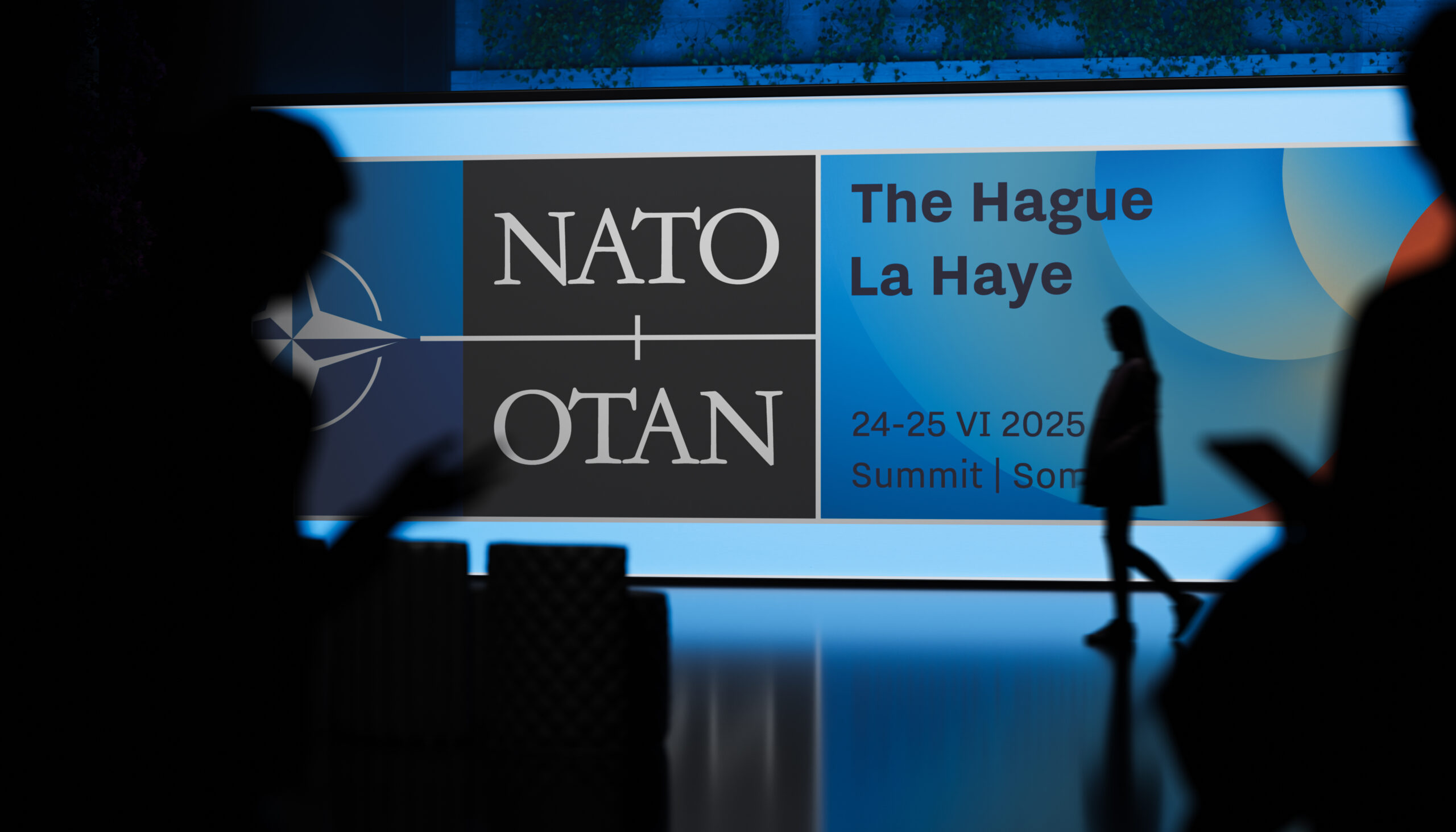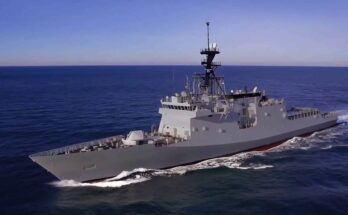
On June 25, leaders of 31 nations belonging to the NATO Alliance gathered in The Hague to reaffirm their commitment to each other, paper over differences, and try to ignore the elephant in the room. A short one-page summit declaration represented a chance to smooth over hiccups in the U.S.-Europe relationship and – at least on paper – commit to greater defense investment.
Ever since the return of Donald Trump as U.S. president, the other 30 members of NATO have nervously eyed each other, wondering if posts on the president’s social media accounts and various statements by administration officials represent a firm break between Washington and the alliance. Since the first time he ran for office in 2016, Trump has never shied away from questioning NATO’s value or viewing Washington’s alliances through a transactional lens.
While European countries in NATO see the Russia-Ukraine conflict as vital to their own respective national security, the new U.S. administration has – at least initially – deviated sharply from that of its predecessor by making peace overtures to the Kremlin and questioning Ukrainian membership in the trans-Atlantic alliance.
Worse, from the European perspective, is that the Trump administration has made U.S. commitment to NATO’s mutual defense clause under Article V of the Washington Treaty seem like a bargaining chip with which to bully Europe’s NATO members into investing more for defense.
To bridge the divide NATO Secretary-General Mark Rutte outlined a new targeted commitment for the alliance, with a goal of 5 percent of GDP invested towards defense by 2035, which can be broken into two spending categories. The first is a 3.5 percent of GDP allocation based on the agreed definition of NATO defense expenditure; the second a broader 1.5 percent of GDP investment bucket that goes towards strategic infrastructure (roads, bridges, railway, etc.), cybersecurity, civil preparedness, and/or military assistance to Ukraine.
The hard truth is that all the pretenses of good cheer expressed at the summit ignore deeper questions, mainly those involving long-term U.S. commitment to European security, how most countries are going to bring topline defense budgets up to the commitments outlined in the summit declaration, and whether those commitments hold any true weight. Alliance members had, after all, made commitments in the past to reach the minimum threshold of 2 percent of GDP dating back to 2006, and again in 2014.
Without Russia’s invasion of Ukraine most of NATO’s 29 European members would still be pushing to bring defense spending levels up to that minimum level, and even now those that have reached the previous target only did so after the war had reached its third year.
Another angle to consider is that U.S. presidents have since Harry Truman occupied the Oval Office been very consistent in requesting Europe do more for its own defense. That few of them did so in such an indelicate, undiplomatic manner is an entirely different matter, but regardless, Washington has remained of one voice on the subject.
Whether Trump is bullying or blustering, or both, the bottom line is that Europe is at least pledging to do more. The follow-through will, however, be what to watch. The noteworthy line in the NATO summit declaration is that a review of the spending targets will be undertaken in 2029, which – conveniently – is the end of Trump’s presidential term and far enough into the future that the Russia-Ukraine War may have reached a conclusion by then.
Until then expect some NATO-Europe members to use creative accounting and hope for additional investment on infrastructure to provide an economic boost. But once the sugar rush of stimulus spending wears off and already-high debt loads weigh on countries’ credit ratings, these same nations will be left hoping to run out the clock until Trump and his administration exit stage left.
Dan Darling is Forecast International’s director of military and defense markets. In this role, Dan oversees a team of analysts tasked with covering everything from budgeting to weapons systems to defense electronics and military aerospace. Additionally, for over 17 years Dan has, at various times, authored the International Military Markets reports for Europe, Eurasia, the Middle East and the Asia-Pacific region.
Dan's work has been cited in Defense News, Real Clear Defense, Asian Military Review, Al Jazeera, and Financial Express, among others, and he has also contributed commentary to The Diplomat, The National Interest and World Politics Review. He has been quoted in Arabian Business, the Financial Times, Flight International, The New York Times, Bloomberg and National Defense Magazine.
In addition, Dan has made guest appearances on the online radio show Midrats and on The Media Line, as well as The Red Line Podcast, plus media appearances on France 24 and World Is One News (WION).




